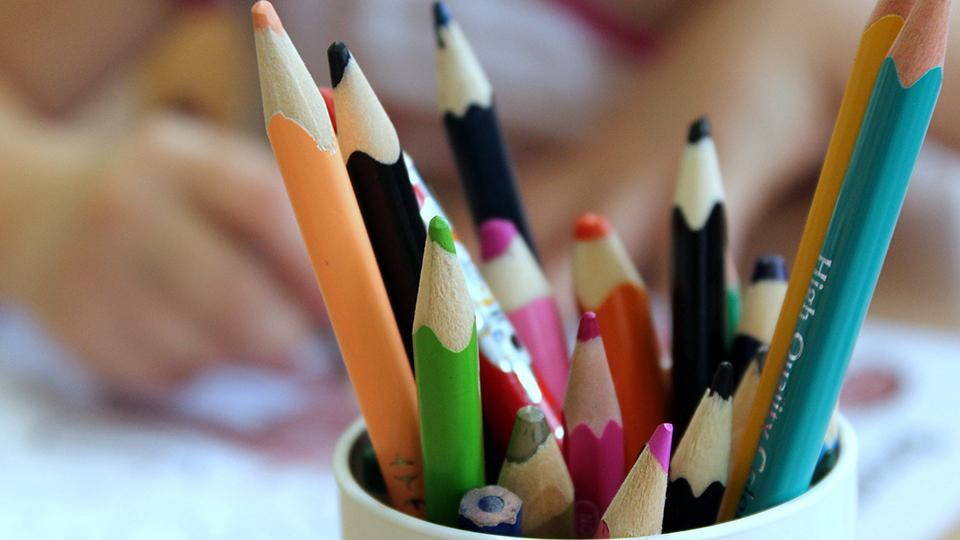Peer pressure changes how teens tackle inequality
Primary page content
Teenagers are more likely to help those in need if they think their peers approve of their approach, research from Goldsmiths, University of London suggests.

Researchers found that when equity – in this case, an unequal distribution of resources to ‘level the playing field’ so that the disadvantaged get more – is introduced as the norm in a peer group, adolescents from disadvantaged groups are more likely to try and rectify intergroup inequality.
The study, led by Dr Luke McGuire from the Department of Psychology, concluded that teaching teenagers about the successes of affirmative action and employment equity programs may help establish new ideas within peer groups about what is fair for those who suffer as a result of inequality.
A report of the research is published in the British Journal of Developmental Psychology.
For the study Dr McGuire and colleagues recruited 166 children (aged 7-11) and 91 adolescents (aged 13-16) from schools in lower to middle-class socioeconomic areas. Participants were informed that they would be taking part in an inter-school art competition between their own school and a local rival school, where students have the same socioeconomic and ethnic breakdown.
Pupils selected to be in ‘advantaged groups’ were told that their school already had lots of materials such as paint and brushes to use in the competition, and that these will help make better art so they will be more likely to win. Meanwhile pupils in ‘disadvantaged groups’ were told that they had fewer materials than their rivals. Participants were informed that ten boxes of crayons, paints and paper had been purchased, and they could determine how the materials would be shared between the groups.
All participants read a ‘secret message’ supposedly from their teammates, suggesting that their group either believed they should distribute the boxes equally (equality), or to give more to those who had less (equity) to ensure the disadvantaged team had as many resources as their opponents. Individual participants were then asked to vote on how they would like to allocate the boxes and their reasoning for doing so.
The younger children – both those who were advantaged and disadvantaged – generally allocated resources equally between teams because that is what they understood to be ‘fair’.
Adolescents, particularly those in disadvantaged groups, were more likely to understand equity. They had a more advanced understanding of group processes and cared about what their peers might think, yet were better able to balance this with their own moral goals.
However, adolescents in the advantaged groups often perpetuated inequality: they maintained their advantage despite being offered the chance to rectify the situation and make the competition fair.
Dr McGuire said: “An essential step for educators is to communicate that fairness does not always require equal allocation. Teaching that includes examples of challenging inequality in the wider world, such as affirmative action in the work place, may prove powerful in establishing norms of equity.
“Our findings stress the importance of direct education related to historical injustices, especially for adolescents who are members of groups which have suffered those injustices.”
A report of the research, The role of in-group norms and group status in children’s and adolescents’ decisions to rectify resource inequalities is published in the British Journal of Developmental Psychology. The research team, led by Dr McGuire, included Lauren Elenbaas, University of Rochester, Melanie Killen, University of Maryland, and Adam Rutland from Goldsmiths.